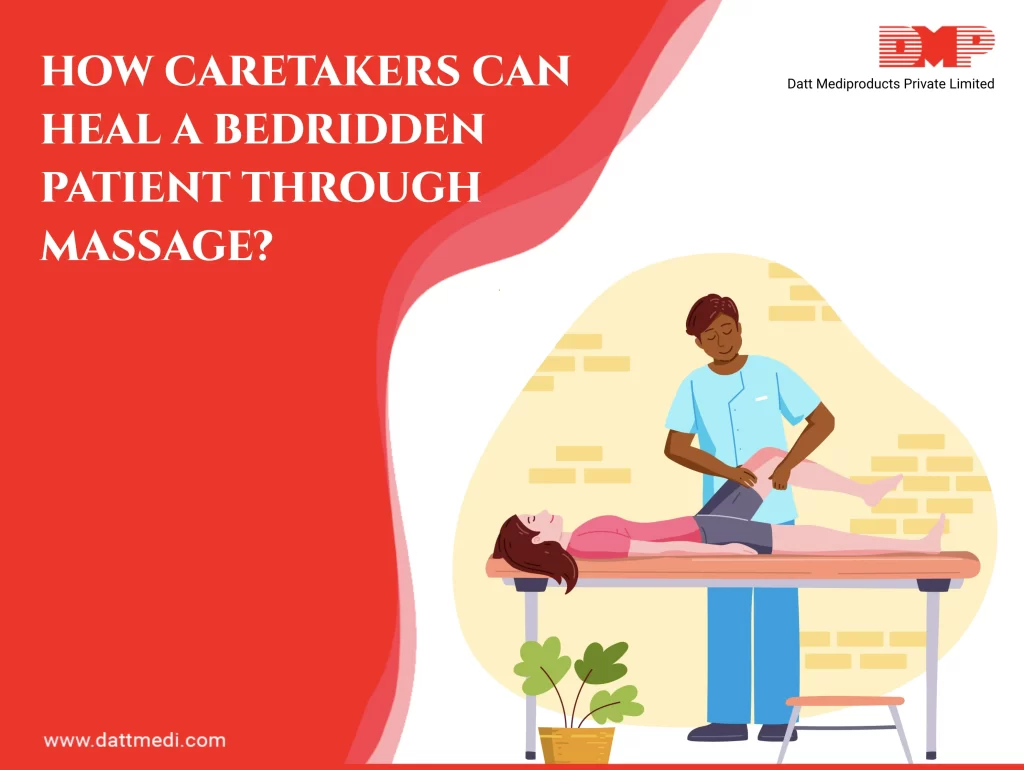
Anyone who has taken a good massage knows how relaxing and rejuvenating it can be. A massage also has therapeutic value, especially for patients who are bedridden.
Any person who is compelled to spend most of his or her time in bed due to a debilitating ailment or even advanced age is considered to be a bedridden patient.
If these patients are left alone, their healing and well-being will be negatively affected. Massage is recommended to hasten the healing of the bedridden patients.
First, it is essential to ensure that the bedridden patients are provided with a special mattress meant for them. Such a mattress itself provides massage to the superficial muscles. However, a mattress is not sufficient. As a fact the bedridden patients are unable to move, their muscles tend to waste away.
To avoid this, it is advisable to perform a massage at least twice a week.
Benefits of regular massage
There are many benefits that bedridden patients can derive from regular massages. The blood flow to the muscles increases and circulation of blood is improved. This, in turn, helps in the proper distribution of oxygen and nutrients to the body parts.
Massage also helps in exercising the muscles and preventing atrophy. It is necessary to take feedback from the patient and ensure that the massage is not causing them any pain or discomfort. In order that the patient derives the maximum benefit, the massage should be done in soft strokes. This relieves the tension accumulated in the muscles. Also improves respiration, the heart rate, and blood pressure are positively affected due to the increased circulation of blood.
It stimulates the flow of lymph fluid, which carries food to the muscles. The lymphatic fluid to the different muscles also carries the antibodies involved in the healing process. Hence enhances healing and provides relief from pain to the bedridden patient.
Types of massage
Even a simple massage using the fingers and hands is good enough to enhance the healing of bedridden patients. If simple massage is combined with other therapeutic methods like acupressure, the benefits are multiplied. However anyone who is administering acupressure therapy should be trained in the process, otherwise, it will do more harm than good.
Impact of massage on the bedridden patients
Bedridden patients who receive regular massage therapy are reported to be livelier, more positive and willing to interact with people around them*. Often it has been observed that bedridden patients become morose and bitter, but those who receive proper massage therapy, along with other care and attention tend to be happier. They feel less deprived due to their inability to move out of bed.




